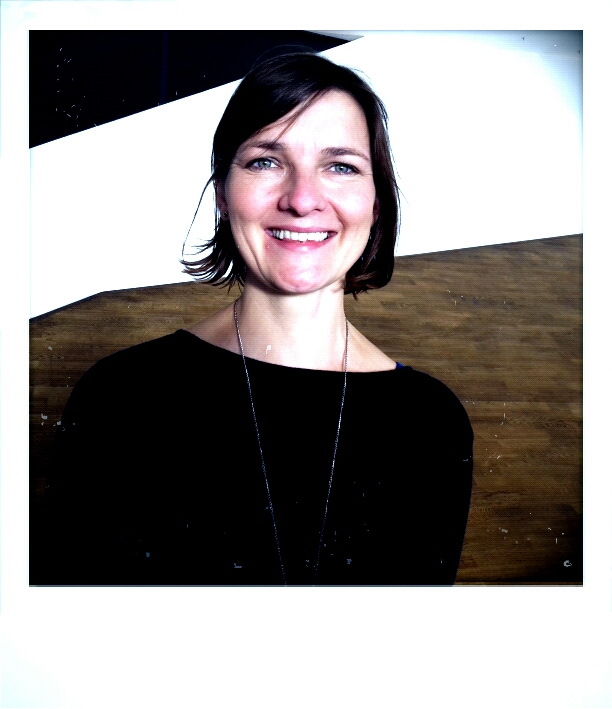 Amanda Brandellero
Amanda Brandellero Amanda Brandellero
Could you tell us about your background?
I am English-Italian. I was born in Italy but my mother is English. I went to school in Italy and later I did my University studies in London and in Paris, and I’ve been working in different places – Birmingham and also in Brussels. I have been living in the Netherlands for 10 years now. I have recently finished a post-doc at the UvA, in the Cultural Sociology Department, on the Contemporary Art Market in Brazil. It was part of a larger project on the emergence of Contemporary Art Markets in the BRIC countries, so outside of the traditional “centres” of Art production. At the moment I have just started teaching some courses on Cultural Globalization, at the University of Rotterdam, in the Media and Communication Department. My previous studies included quite different subjects – my Bachelors degree was in European Studies, the MSc in Urban and Regional Planning, during which I got quite interested in Geography, and I did my PhD in the Netherlands in Economic Geography, which is why I came here in the first place. But I have always had an interest in Culture – for example, even for my PhD I was looking at World Music production, and how it takes place in cities in Europe.
When did you first become involved with Framer Framed and in what way are you involved?
It happened quite recently, in November 2015, during the Koempels exhibiton. I was coming to the end of the post-doc and so I had a little more free time. I had already been coming to Framer Framed as a visitor, so when I started thinking about what to do and since I saw online that it was searching for volunteers, it made sense to volunteer for Framer Framed.
Why did you decide to be part of Framer Framed?
Several reasons led me to volunteer with Framer Framed. The research I have been doing, since my PhD until now, has always been about Globalization and the relationship between artists outside of the traditional centres of Art production – Europe and the US – and how these artists enter the Global scene. I am very interested in these processes of centre-periphery, of inequality and Framer Framed addresses these issues, by showing the less visible sides of Cultural production and giving a space to these less well known and represented artists. This is something which I am trying to do in my own work, so it is interesting to see and to get to know such a space like Framer Framed. I think there are very few spaces who dedicate themselves entirely to this field.
A second reason is that after years of doing interviews with artists and musicians, and understanding how they produce Art, it was quite interesting to volunteer in a place where I could actually talk to the audience, the people that are on the receiving end of this process. I am very curious to know how people receive the message. And the message that Framer Framed is giving is a very important one and it is fantastic to be a part of that.
I always feel very excited when I read the information about the new exhibitions, and I enjoy talking to people visiting the gallery at the Tolhuistuin, as well as people who participate in the events organized by Framer Framed, such as its participation in Amsterdam’s Museum Night, where I was also volunteering at. I was struck by how strong the message of the Koempels exhibition resonated in people who were from Limburg, since they had a direct connection with the content of the exhibition. I had really nice conversations with people from Limburg but who have lived in Amsterdam for many years, and who felt proud and happy to see Art from their region, and which was addressing really important social issues. On the other hand, what I really liked about the Museum Night was that the public was very diverse. I think that participating in the Museum Night was a very good way for Framer Framed to attract more people and get more people interested in its work.
Another interesting thing about Framer Framed is that the topics it presents are always very striking, relevant and that speak to people on many different levels. I believe that it has the function of being not only an exhibition space, but also a place for debate and exchange.
Amanda Brandellero was interviewed by Sofia Lovegrove Pereira.